The Da Vinci Code: Fact Vs. Fiction In Dan Brown's Bestseller
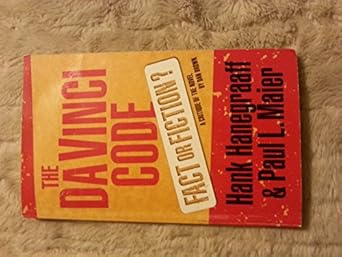
Table of Contents
The Holy Grail: Myth vs. Reality
"The Da Vinci Code" portrays the Holy Grail not as a literal chalice, but as a metaphor – Mary Magdalene, and her bloodline, representing the continuation of Jesus's lineage. This interpretation deviates significantly from traditional Christian beliefs and the various legendary accounts of the Grail.
- Interpretations of the Holy Grail: Throughout history, the Holy Grail has been interpreted in numerous ways: a literal cup used by Jesus at the Last Supper, a magical chalice with miraculous powers, a stone, or even a spiritual concept representing enlightenment or divine grace. The diverse interpretations highlight the Grail's enduring mythical power.
- Fictional Grail vs. Historical Accounts: Brown's fictional Grail, linked to the descendants of Jesus and Mary Magdalene, differs sharply from historical and legendary accounts. These accounts often feature the Grail in quests for its recovery, connecting it to King Arthur and the Knights of the Round Table. These stories are rich in symbolism and often involve themes of purity, divinity, and the quest for spiritual fulfillment.
- Symbolic and Spiritual Meanings: The Grail's enduring appeal lies in its multifaceted symbolism. It represents spiritual perfection, divine feminine energy (particularly in Brown's interpretation), and the search for truth and meaning. This rich tapestry of symbolism is crucial to understanding the novel's underlying themes.
- The Grail's Role in the Conspiracy: In "The Da Vinci Code," the Grail's mystery fuels the overarching conspiracy, driving the plot and providing a central focus for the secret society's efforts to protect the truth about Jesus's lineage. This central role emphasizes the Grail's power as a symbol of hidden knowledge and suppressed history.
The Priory of Sion: Historical Organization or Literary Invention?
The Priory of Sion, a central element of "The Da Vinci Code's" plot, is portrayed as a powerful secret society protecting the truth about Jesus and Mary Magdalene. However, its historical existence and influence, as depicted in the novel, are highly debated.
- Origins and History (Fact vs. Fiction): While the Priory of Sion did exist, its history is far less dramatic than Brown's portrayal. Its origins are obscure, and its activities were likely far less significant than the novel suggests. The modern Priory of Sion's narrative largely originated with the claims of Pierre Plantard, which have been widely debunked as fabrications.
- Real Historical Figures and Their Roles: The novel associates various historical figures, such as Leonardo da Vinci and Isaac Newton, with the Priory. However, the evidence for their actual involvement is weak, often based on speculation and misinterpreted historical records.
- Evidence (or Lack Thereof): The lack of concrete historical evidence supporting the Priory's purported power and influence strongly suggests that Brown’s portrayal is largely fictionalized. Scholarly research generally dismisses the Priory's importance as presented in "The Da Vinci Code."
- Creating Intrigue and Suspense: Despite its questionable historical basis, Brown masterfully uses the Priory to create intrigue and suspense, adding to the novel's overall mystery and captivating readers.
Jesus and Mary Magdalene: Challenging Traditional Interpretations
"The Da Vinci Code" presents a controversial interpretation of the relationship between Jesus and Mary Magdalene, suggesting a romantic and possibly marital connection.
- Historical Evidence (or Lack Thereof): There's no credible historical evidence supporting the claims made in the book regarding a romantic relationship between Jesus and Mary Magdalene. Brown's interpretation relies heavily on interpretations of ambiguous texts and symbolism.
- Comparison with Traditional Theology: Brown's interpretation directly contradicts traditional Christian theology, which portrays Jesus as celibate and focuses on his divine role. This contrast is a central source of controversy surrounding the novel.
- Alternative Historical Interpretations: While there are alternative interpretations of Jesus's life and Mary Magdalene's role, most are not widely accepted within mainstream historical or religious scholarship.
- Impact on Religious Perspectives: The novel's assertions have sparked debate and challenged established religious views, highlighting the lasting impact of fiction on perceptions of history and religion.
The Opus Dei: Fact, Fiction, and Misrepresentation
"The Da Vinci Code" depicts Opus Dei, a conservative Catholic organization, in a largely negative light, portraying its members as secretive and potentially dangerous.
- Real History and Practices: Opus Dei is a real organization with a complex history. While it has faced criticism in the past, the book's depiction exaggerates and distorts many of its practices and beliefs.
- Portrayal vs. Self-Representation: The novel's portrayal of Opus Dei contrasts sharply with the organization's self-representation and official statements. This discrepancy fuels the debate surrounding the ethical implications of the book's depiction.
- Ethical Considerations: The use of a real organization in a fictional narrative raises important ethical questions about responsibility and the potential for misrepresentation.
- Public Reaction and Criticisms: Opus Dei responded strongly to its portrayal in the novel, citing inaccuracies and harmful misrepresentations. The public reaction underscored the impact of fiction on the perceptions of real-world institutions.
Conclusion
"The Da Vinci Code" skillfully blends fact and fiction to create a captivating narrative, but it's crucial to distinguish between the two. While the novel sparked important discussions about history and religion, it’s essential to approach its claims with critical analysis. Many of the central tenets are based on highly debated and often unsubstantiated theories, highlighting the importance of separating well-supported historical claims from fictional narratives.
Call to Action: Further your understanding of the historical context of "The Da Vinci Code." Research the historical figures and organizations mentioned and compare them to Brown's depiction. Engage in critical thinking when exploring the complexities of history, religion, and fictional narratives like those presented in "The Da Vinci Code."

Featured Posts
-
 Leonardo Di Caprio Nevjerojatna Transformacija Slobodna Dalmacija
May 13, 2025
Leonardo Di Caprio Nevjerojatna Transformacija Slobodna Dalmacija
May 13, 2025 -
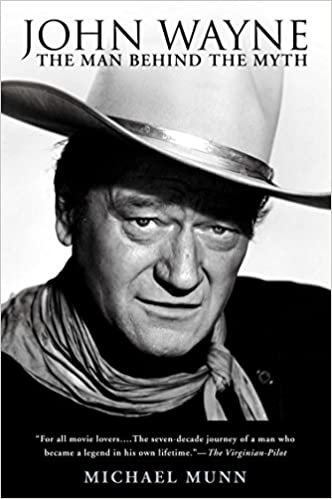 Gatsbys Inspirations Exploring The Real Men Behind The Myth
May 13, 2025
Gatsbys Inspirations Exploring The Real Men Behind The Myth
May 13, 2025 -
 Poy Na Deite Zontana Ta Paixnidia Tis Serie A
May 13, 2025
Poy Na Deite Zontana Ta Paixnidia Tis Serie A
May 13, 2025 -
 Celebrating Friendship An India Myanmar Food Festival
May 13, 2025
Celebrating Friendship An India Myanmar Food Festival
May 13, 2025 -
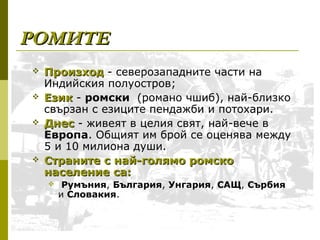 Pretstavuvanje Na Prvata Kniga So Romski Ba Ki
May 13, 2025
Pretstavuvanje Na Prvata Kniga So Romski Ba Ki
May 13, 2025
Latest Posts
-
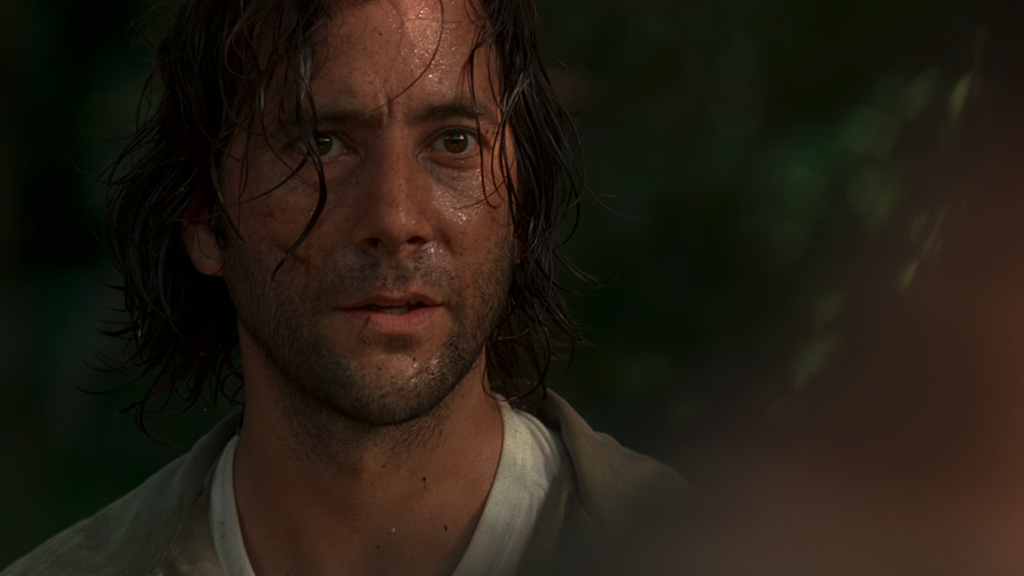 A Forgotten Scarlett Johansson And Chris Evans Comedy Now On Netflix
May 13, 2025
A Forgotten Scarlett Johansson And Chris Evans Comedy Now On Netflix
May 13, 2025 -
 South Africa Emerges As Top Apple Exporter Displacing New Zealand
May 13, 2025
South Africa Emerges As Top Apple Exporter Displacing New Zealand
May 13, 2025 -
 Shift In Global Apple Supply South Africa Outpaces New Zealand
May 13, 2025
Shift In Global Apple Supply South Africa Outpaces New Zealand
May 13, 2025 -
 New Zealands Apple Export Crown Taken By South Africa
May 13, 2025
New Zealands Apple Export Crown Taken By South Africa
May 13, 2025 -
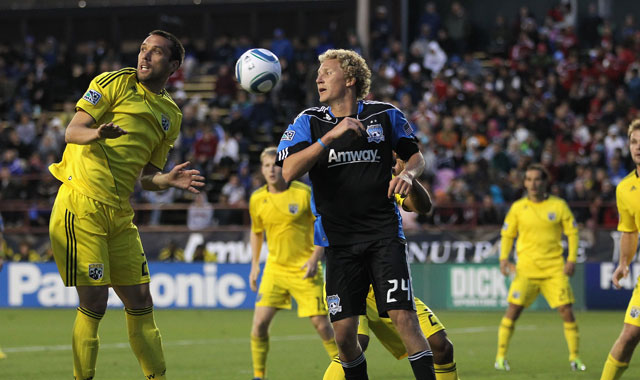 Columbus Crew Defeats San Jose Earthquakes 2 1 After Initial Setback
May 13, 2025
Columbus Crew Defeats San Jose Earthquakes 2 1 After Initial Setback
May 13, 2025
